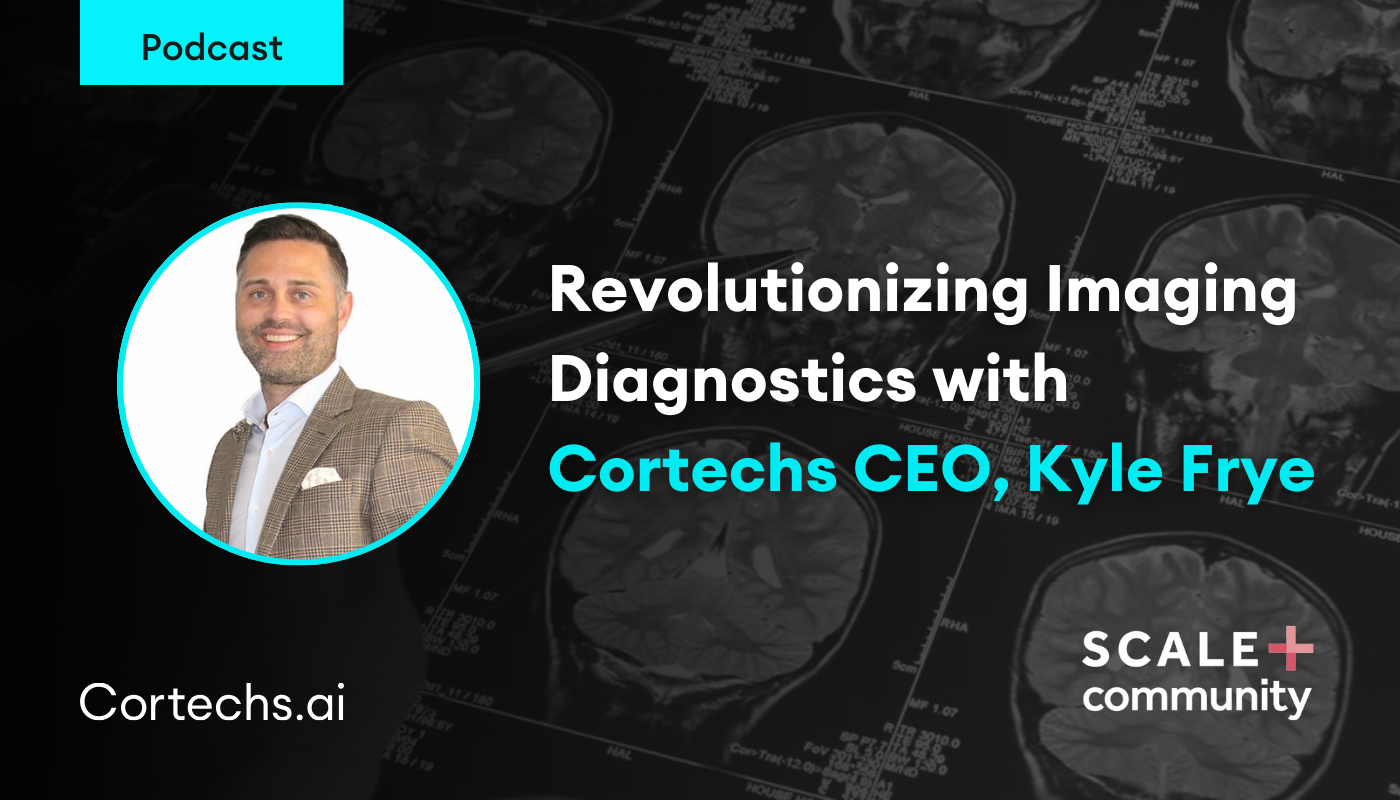
When customers receive error messages, “should we repeat the MRI scan?” is one of the first questions the Cortechs.ai Support team is asked. The need to repeat an MRI scan for NeuroQuant is actually an uncommon scenario.
The NeuroQuant software is extremely sophisticated – it can process an array of exams. However, there are some circumstances that will require you to repeat the MRI scan for NeuroQuant to perform proper analysis.
Situations that may require a repeat MRI:
- Patient motion during the scan
- Contrast agents are given to the patient prior to the NeuroQuant series being run
- Incorrect scan parameters *
- Incorrect landmark – The landmark must be +- 50mm from glabella. This occurs most often when a double study is performed brain and c-spine. It is critical to re-establish the glabellar landmark as isocenter prior to acquiring the NeuroQuant volumetric scan.
- Other MR acquisition image artifacts
Situations that will not require a repeat MRI:
- Alignment of the brain to atlas unsuccessful because MI is > 5 unless there are significant motion artifacts or the patient was severely misaligned in the scanner
- Patients with gross structural abnormalities, including extreme atrophy
- Patients with surgical resections
- Patients with tumors and implants
3D T1 sagittal MRIs are needed to obtain ideal brain morphometry for volume analysis. In order to achieve its high-quality segmentation results, NeuroQuant has been optimized for processing 3D T1 sagittal MRI acquisition sequence in 1.2, 1.5, and 3.0T scanners.
As a quality control feature, NeuroQuant contains a data filtering mechanism that provides verification of study scanning parameters prior to initiating processing. Ensuring proper processing preserves the accuracy of the segmentation results and therefore, the accuracy of the calculated brain volumes. To protect the accuracy of the results, NeuroQuant prevents analysis when sequences other than 3D T1 are sent for processing.
The unsupported sequences provided as examples below will generate an error message.

Another example that will generate an error message happens when the wrong series (or entire exam) is sent. When an entire exam is sent instead of just the required 3D T1 NeuroQuant scan, there can be a delay in the return of NeuroQuant results, which will result in multiple error messages being sent back to the PACS.
More information about using and processing NeuroQuant can be found here.
*NeuroQuant software is intended for use only with specifically defined MRI acquisition sequences. Deviation from the recommended acquisition protocols can affect the quality of the results. You can download the recommended scanner settings here.
Do you have a technical question or support need?
The Cortechs.ai Support Team is available Monday through Friday from 7 AM to 5 PM PT. Emailing support@cortechs.ai is the easiest and best way to reach the Cortechs.ai Support Team during and after hours. If you send your email directly to a specific team member, he/she may be busy assisting another customer, and responses may be delayed.


